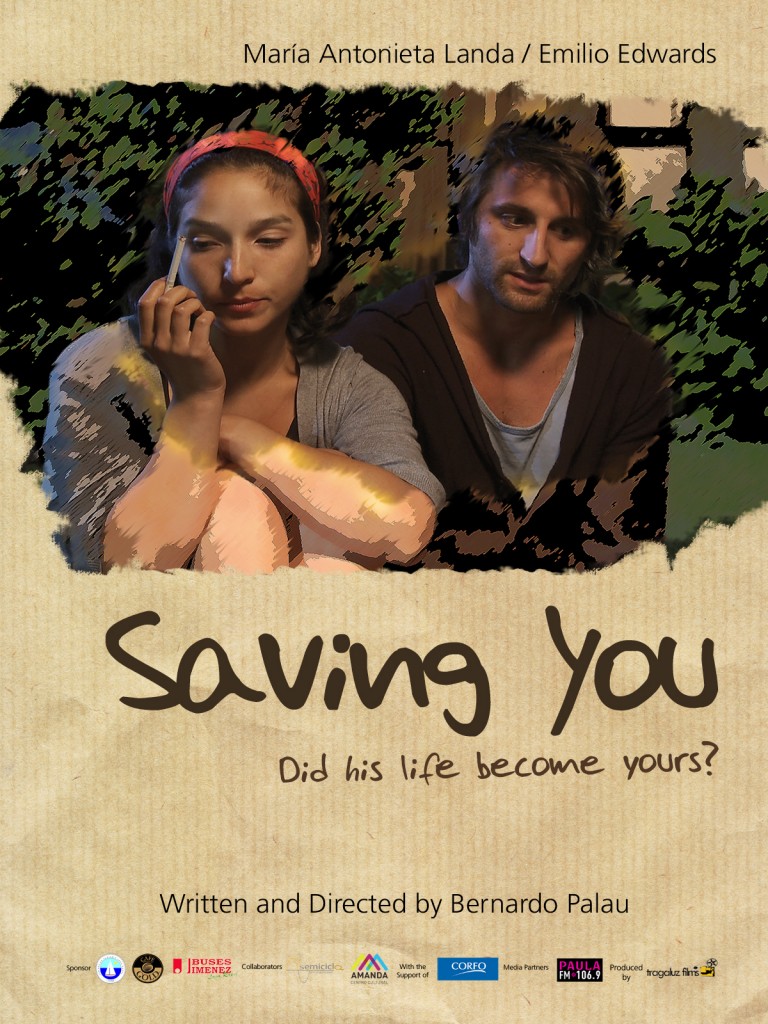DIY Days Workshop
I will be at DIY Days on Friday, October 28th, presenting my Artistic Entrepreneurship workshop from 3:45 to 4:25 pm. I will be speaking about how to create long term relationships with fans through engagement, live events, merchandise and digital releases. Half the time will be allotted for presentation, and half the time will be […]
Putting Chilean Film on the Map

On Thursday and Friday of this week (Oct 20-21) I will be at the Flyway Film Festival, presenting my two-day Think Outside the Box Office workshop on the ever-changing world of hybrid distribution and marketing. Today, though, I am thrilled to share a guest post from Chilean filmmaker Bernardo Palau whose first feature film ‘Saving […]
Atlanta TOTBO Workshop with Sheri Candler!
I’m heading to Atlanta, GA to do a Think Outside the Box Office Workshop presented by the Atlanta Film Festival 365 and Push Push Theater November 12, 13th and 14th. Sheri Candler will be coming out to give presentations on personal branding, social media and crowdfunding! This will be the first TOTBO workshop in the […]
Am I a Filmmaker or a Brand? Why not be both?
A year ago, I brought the preview copies of Think Outside the Box Office to sell at Independent Film Week, straight off the press. This week in addition to being a lab leader and mentor of the new IFP Filmmaker Labs, I have the honor of being paired in a Cage Match on Thursday against […]
Live Events September-December
Independent Film Week Sept 19-24 New York City Continuing my involvement and work transforming IFPs Independent Film Labs into a year long completion, marketing and distribution lab I will be at Independent Film Week in New York. Live Event: September 24th Cage Match -” Am I a Filmmaker or a Brand?” 4:30 at Haft Auditorium […]
Proper Prior Planning Prevents Perplexing Problems
Proper Prior Planning Prevents Perplexing Problems My thoughts on educating filmmakers about distribution and marketing. Proper Prior Planning Prevent Perplexing Problems By Jon Reiss Over the last several months an argument has arisen within the independent film community as to how much (and whether) filmmakers should focus on the distribution and marketing of their films. […]
TOTBO Tip of the Day 16 Producer’s Reps Pt 1
In honor of the upcoming Cannes Film Festival – I will take this opportunity to explore other crew people that you might want to engage on your film and whether or not they are right for your project. There are several types of sales representatives/sales agents. Today the topic is Producer’s Representatives. A classic sales […]
TOTBO Tip of the Day 15 Hiring PMDs in these early days.
I look forward to a near future in which filmmakers/directors will be able to put out calls for PMDs just as they do for DPs and Editors – and that they will get an equal volume of applications. Directors will develop long term relationships with PMDs that “get them” just as they do with DPs, […]
Jon Reiss Interview with Nat Mundel
This was published on voyagemedia.com today. Author Jon Reiss on the Death of the Film Festival AND HIS BEST KEPT SECRETS THAT COULD MAKE YOUR NEXT INDIE FILM A SUCCESS!! In his interview with Nat Mundel, independent filmmaker, author, and educator Jon Reiss unabashedly confirms one thing: the film festival acquisition model is dead or […]
TOTBO Tip of the Day 12 The New 50 50
Jon Reiss’ TOTBO Tip of the Day 12 The New 50/50 Distribution and marketing can take as long and cost as much, or more than you spent on your film. The new 50/50 is not a revenue split but the mental shift that filmmakers must make about the filmmaking process. This is not a hard […]